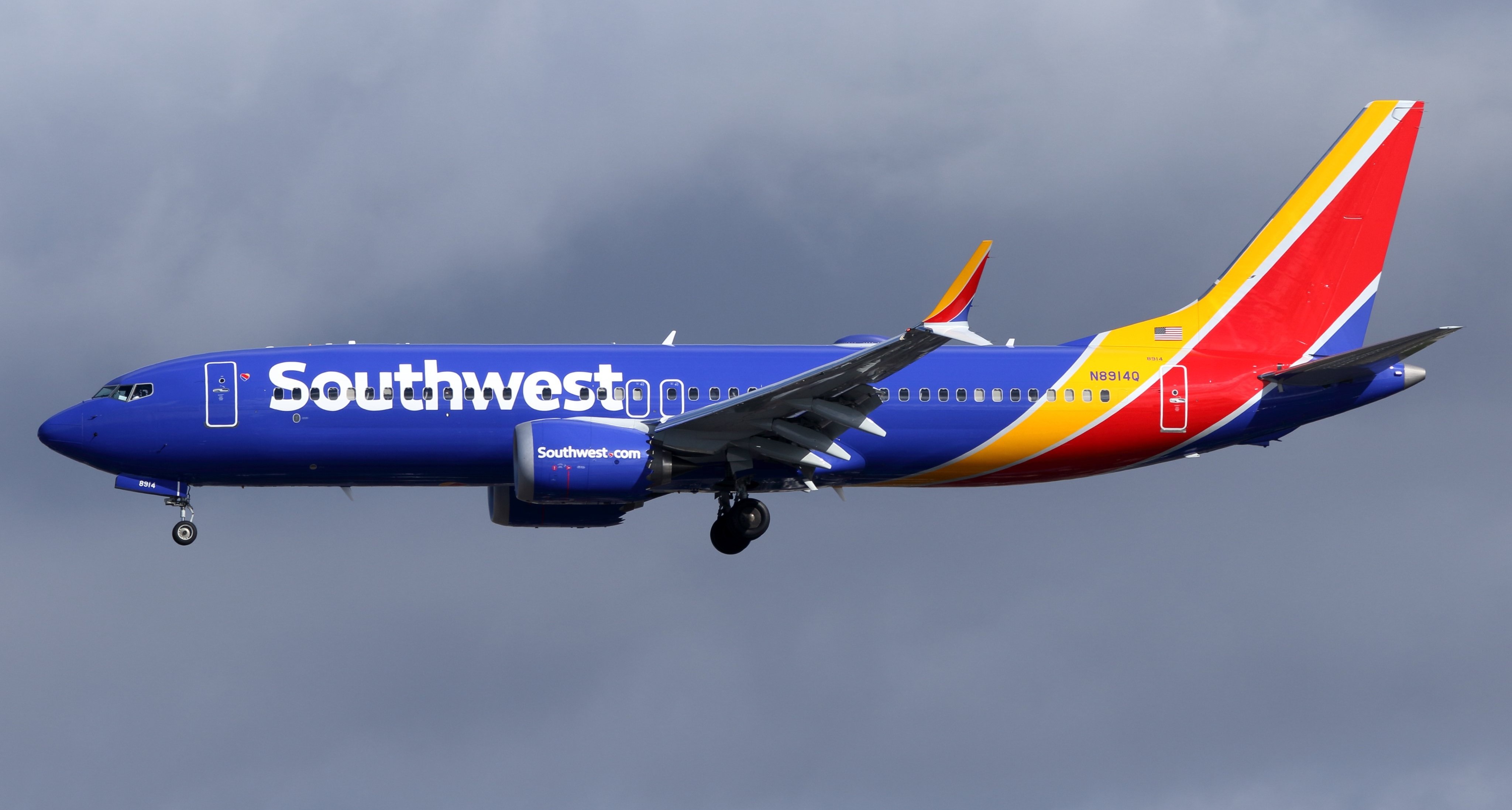


MAX is back in news for a rare aerodynamic phenomenon this time as United States Federal aviation safety officials are investigating a Southwest Airlines flight that experienced an unusual rolling that may be linked to a damaged backup power control unit. The pilots regained control from the “Dutch roll” and landed at Oakland.
The Boeing B737 Max 8 aircraft operated flight landed safely and there were no injuries among the 181 people on the flight between Phoenix and Oakland,California according to information from the Federal Aviation Administration.
The incident happened as the aircraft cruised at 34,000 feet on May 25, but Southwest did not notify the National Transportation Safety Board (NTSB) about the roll or damage to the jetliner until June 7, the NTSB said.
An inspection after the flight revealed damage to a standby power unit and to “structural components,” the safety agencies said.
"Plane sustained “substantial” damage to its tail section as a result of the maneuver, although it was able to complete the flight. The damage was only discovered during a post-flight inspection. The rudder’s standby power control unit (PCU) was damaged."
“Following the event, SWA performed maintenance on the airplane and discovered damage to structural components.”
The NTSB comment could suggest that the incident was more serious than previously known, but aviation experts said it was too soon to know for sure.
A Dutch roll is a combination of yaw, or the tail sliding side to side, and the plane rocking in a way that causes the wings to roll up and down. The name comes from the way the rhythmic, swaying movement resembles a form of ice skating that was popular in the Netherlands.
"Dutch roll, which is rare in commercial aviation, is an oscillatory motion characterized by a combination of rolling and yawing of an aircraft. It typically arises when the combination between the lateral (roll) and directional (yaw) dynamics of the aircraft are out of balance."
If Dutch roll occurs, pilots often take care of it using various control inputs, but most large aircraft have a system that is designed to automatically counteract it called a yaw dampener. Hence many a times cockpit intervention is not necessary.
Flight crew train to recover from a Dutch roll, and most modern planes include a device called a yaw damper that can correct the condition by adjusting the rudder.
The NTSB will use information from the plane’s digital flight data recorder to determine the length and severity of the event, the agency said in a statement Friday. The cockpit voice recorder is limited to two hours of audio and was overwritten, making it unavailable.
"The NTSB’s Vehicle Recorder Laboratory in Washington has received data downloaded from the airplane’s digital flight data recorder. Data from the recorder will aid investigators in determining the length and severity of the event," the agency said in an emailed statement.
"The cockpit voice recorder, which is currently limited to two hours of audio, was overwritten and unavailable to investigators. A preliminary report is expected within 30 days of the date of the event."
Southwest said it’s working with both agencies on the investigation, and the NTSB said it expects to issue a preliminary report within 30 days.
The NTSB said it expected to issue a preliminary report on the incident in about 30 days.
In another recent incident, a Boeing 737 Max 8 aircraft operated by Southwest Airlines in April plummetted from about 1,000 feet at an alarmingly abnormal more than 4,000 feet per minute off the coast of Kaua‘i near Līhuʻe Airport, coming within just 400 feet and a matter of only seconds from crashing into the ocean before its crew pulled the aircraft up, climbing rapidly, to avoid the almost disaster.
Display Picture Credit : Y.K (X)
More Southwest Airlines News....
